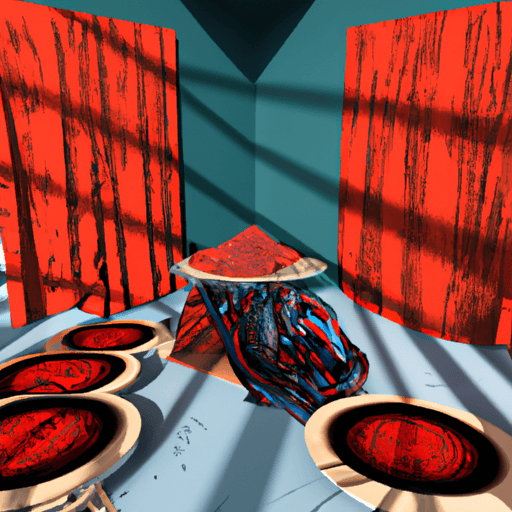Indigenous Art and Its Influence on Current and Emerging Design Trends
Indigenous art has undeniably made a significant impact on the world of contemporary design. Its rich and vibrant aesthetics have found their way into various design domains such as fashion design, graphic design, interior design, and architecture. But beyond its aesthetic significance, the incorporation of indigenous elements into modern design practices has also carried both cultural and ethical implications.
Influence on Fashion Design
The influence of indigenous art is visibly prominent in the fashion industry. Many designers have turned to indigenous cultures for inspiration, incorporating traditional patterns and motifs into their collections. Take for example, Kayapo, a luxury fashion line by Brazilian designer, Ronaldo Fraga. He seamlessly integrated the vibrant colors and geometric patterns of the Kayapo tribe of Brazil into his designs.
Role in Graphic and Interior Design
Graphic design also showcases a vivid inclusion of indigenous art elements in its realm. For instance, Bethany Yellowtail, a Native American artist from the Crow and Northern Cheyenne tribes, uses indigenous aesthetics and narratives in her graphic design works. Similar incorporations are seen in interior design as well, with an increasing trend of indigenous-inspired decor items like rugs, wall arts, and pottery that embody tribal aesthetics.
Impact on Architecture
The sphere of architecture too has seen a pragmatic inclusion of indigenous art forms. Architectural structures like the Smithsonian National Museum of African American History and Culture in Washington, D.C., which was designed by David Adjaye, feature influences from Yoruba art.
Cultural Appreciation vs. Cultural Appropriation
While the incorporation of indigenous art in contemporary design ushers the appreciation and preservation of indigenous cultures, it also raises thorny questions surrounding cultural appropriation. Misrepresentation or oversimplification of indigenous cultures not only leads to a distorted understanding of the culture but can also contribute to the erasure of its true essence.
As recommended by Ngahuia Te Awekotuku, a Maori artist and academic, designers should involve active consultation and collaboration with indigenous communities to maintain the authenticity and respect for the cultural elements they plan to incorporate in their designs.
Conclusion
Without a doubt, indigenous art leaves a definitive mark on contemporary design trends. The challenge lies in ensuring that this inclusion is respectful representation rather than cultural appropriation, thereby contributing to the appreciation and preservation of these rich indigenous cultures.
References
- Frank, P. (2018). The Influence of Indigenous Art.
- Rivera, M. (2020). How Indigenous Art is Changing Fashion Design.
- Yellowtail, B. (2015). The Inclusion of Indigenous Art in Modern Design.
- Smithsonian Magazine. (2016). The Architecture of the Smithsonian National Museum of African American History and Culture.
- Te Awekotuku, N. (2018). Respectful Representation in Design.


















Comments
Leave a Comment